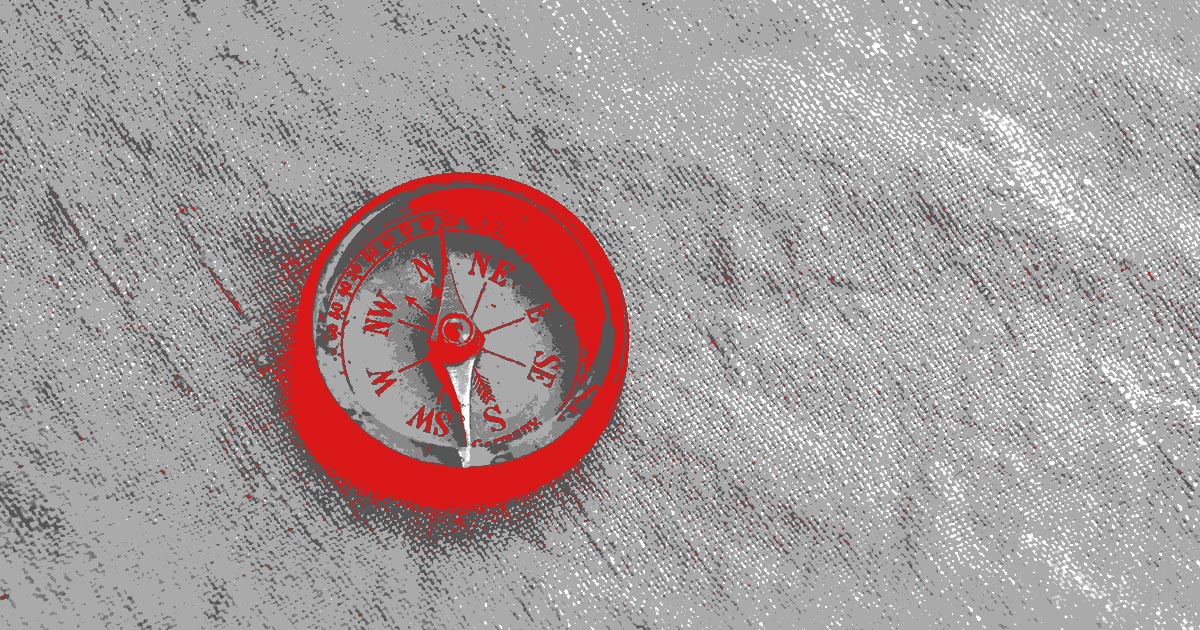
What Is Conversion Rate Optimisation? A Simple Guide for Small Businesses
A Simple Guide for Small Businesses
Running a small business is no easy feat. You’re juggling sales, marketing, operations, and probably customer service too. So when you invest time and money into getting people onto your website, it’s only natural to want those visitors to do something — buy a product, book a call, sign up for your newsletter, or fill out a contact form.
That’s where Conversion Rate Optimisation (CRO) comes in. It’s not about getting more people to your site — it’s about getting more from the people who are already there.
Let’s break it down.
What Is Conversion Rate Optimisation?
Conversion Rate Optimisation is the process of increasing the percentage of website visitors who take a desired action — known as a conversion. A conversion might be:
-
Making a purchase
-
Filling out a contact form
-
Signing up for a newsletter
-
Booking a free consultation
-
Downloading a guide
CRO is all about understanding what motivates your users, what gets in their way, and how to remove friction so that more of them follow through.
Why Should Small Businesses Care About CRO?
Because every click matters.
If you’re spending money on Google Ads, SEO, or social media to bring people to your site, you want those visitors to convert. Otherwise, you’re essentially paying for window shoppers.
Here’s why CRO matters:
-
Lower cost per lead/sale: If more visitors convert, your marketing becomes more efficient.
-
Better ROI: You get more from the traffic you’re already getting.
-
Faster growth: Small tweaks can lead to big results.
-
Smarter decisions: CRO gives you real data on what works and what doesn’t.
Put simply: more conversions = more value from your existing marketing efforts.
How Is Conversion Rate Calculated?
It’s a simple formula:
Conversion Rate = (Conversions ÷ Total Visitors) x 100
So if you had 1,000 visitors last month and 50 of them filled out your contact form, your conversion rate would be:
(50 ÷ 1,000) x 100 = 5%
Now the goal of CRO is to improve that number — even a small jump from 5% to 6% can make a noticeable difference to your bottom line.
What Does CRO Actually Involve?
CRO combines data, psychology, design, and testing. Here are some of the main activities:
1. Analysing User Behaviour
Using tools like Google Analytics, Hotjar, or Microsoft Clarity, you can find out:
-
Where people drop off
-
What pages they spend time on
-
What devices they’re using
-
Whether your CTAs are being clicked
2. Improving Website Design and Layout
Simple design changes can have a big impact:
-
Clearer headlines
-
Better call-to-action buttons
-
Less clutter
-
Faster page speed
-
Mobile-friendly design
3. Writing Better Copy
Words matter. Strong, benefits-focused copy can increase trust and clarity. This includes:
-
Compelling headlines
-
Clear value propositions
-
Reassuring microcopy near forms or buttons
-
Social proof (reviews, testimonials, case studies)
4. A/B Testing
This involves testing two versions of a page to see which performs better. For example:
-
Button A says “Get Started”
-
Button B says “Book Your Free Consultation”
Whichever one gets more clicks becomes your new standard.
5. Fixing Bottlenecks
Sometimes there are obvious obstacles:
-
A long checkout process
-
Confusing navigation
-
Too many form fields
-
Broken links or unclear error messages
CRO helps you identify and fix them.
Common CRO Mistakes Small Businesses Make
Even with the best intentions, it’s easy to fall into these traps:
-
Changing too many things at once — makes it hard to know what worked
-
Guessing instead of testing — assumptions can lead you astray
-
Focusing only on design — copy and message often matter more
-
Forgetting mobile users — most people browse on their phones
CRO isn’t just about making your site “prettier” — it’s about making it easier for people to do what they already want to do.
How to Get Started With CRO
You don’t need fancy software or a full-time analyst to start improving your site’s conversion rate. Here’s a simple plan:
-
Define your main goal — e.g. get more leads, book more demos, sell more products.
-
Track your current conversion rate — so you have a baseline.
-
Identify problem areas — look at key pages and see where people drop off.
-
Start with small, high-impact changes — like tweaking headlines, buttons, or simplifying forms.
-
Test and learn — measure what changes help and keep improving.
Final Thoughts
Conversion Rate Optimisation is one of the most powerful — and overlooked — tools in your small business marketing toolkit.
Rather than spending more money trying to attract more visitors, CRO helps you do more with what you already have. And that’s good business.
Whether you run a service business, sell products online, or generate leads through your site, a little bit of CRO can go a long way.
Want Help Improving Your Website’s Conversion Rate?
At Your Marketing Rules, we offer tailored CRO services for small businesses in Singapore. If you’re curious how your site stacks up, request a free website and marketing review — no fluff, just actionable advice.
Topics covered
Latest articles
December 5, 2025
December 5, 2025
December 5, 2025
Written by : Mark Rowland
Mark's been working in and interested in all things marketing since 2010.












